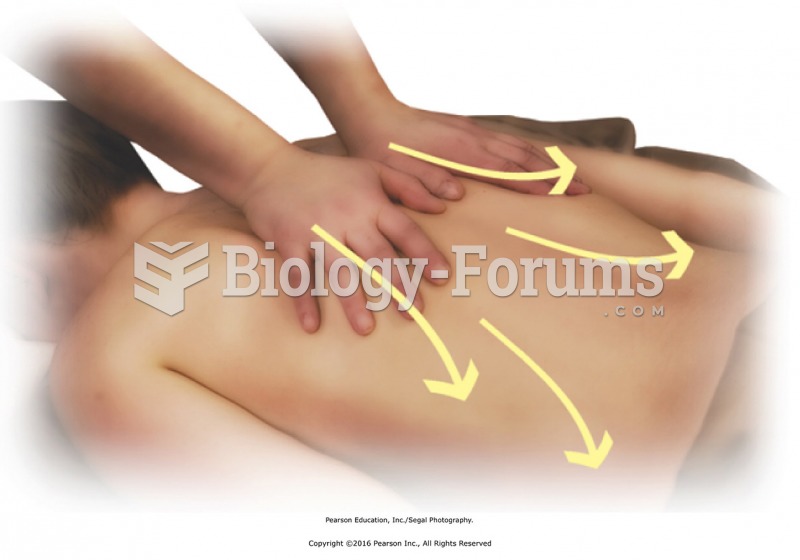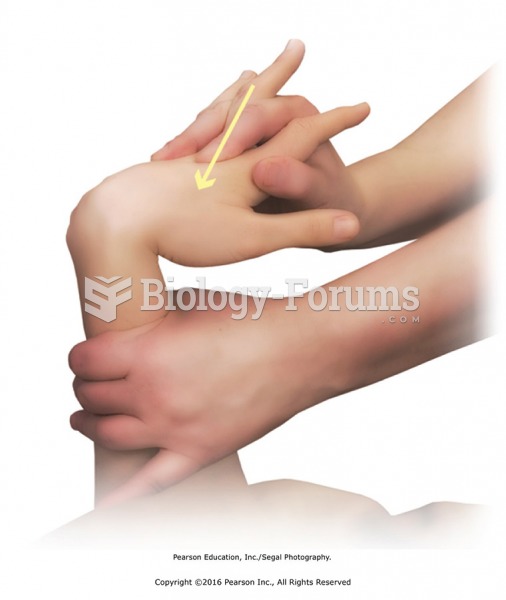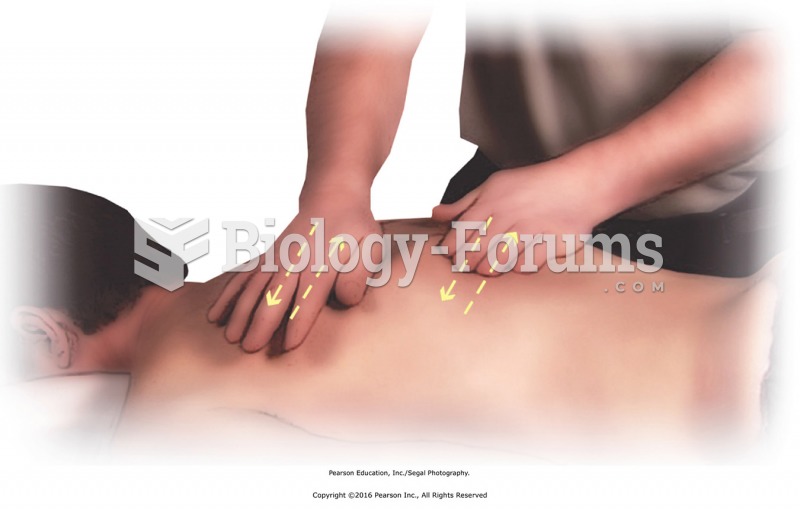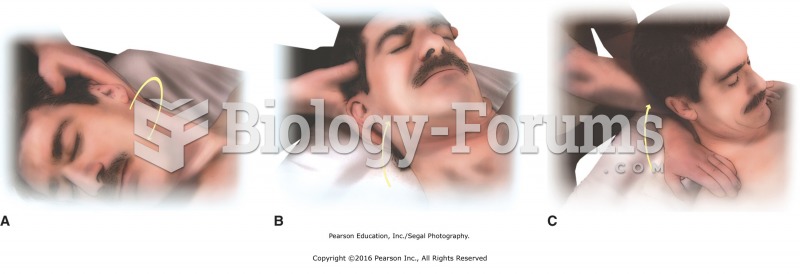|
|
|
Astigmatism is the most common vision problem. It may accompany nearsightedness or farsightedness. It is usually caused by an irregularly shaped cornea, but sometimes it is the result of an irregularly shaped lens. Either type can be corrected by eyeglasses, contact lenses, or refractive surgery.
Walt Disney helped combat malaria by making an animated film in 1943 called The Winged Scourge. This short film starred the seven dwarfs and taught children that mosquitos transmit malaria, which is a very bad disease. It advocated the killing of mosquitos to stop the disease.
Despite claims by manufacturers, the supplement known as Ginkgo biloba was shown in a study of more than 3,000 participants to be ineffective in reducing development of dementia and Alzheimer’s disease in older people.
Although puberty usually occurs in the early teenage years, the world's youngest parents were two Chinese children who had their first baby when they were 8 and 9 years of age.
According to the Migraine Research Foundation, migraines are the third most prevalent illness in the world. Women are most affected (18%), followed by children of both sexes (10%), and men (6%).
 Standing at the head of the table, apply oil or lotion to the entire back with bilateral stroking. ...
Standing at the head of the table, apply oil or lotion to the entire back with bilateral stroking. ...
 Stretch the extensor muscles with flexion at the wrist. Reposition the palm to face the table. Apply ...
Stretch the extensor muscles with flexion at the wrist. Reposition the palm to face the table. Apply ...
 Apply lotion to the foot, lower leg, and thigh if accessible. Apply strokes from distal to proximal.
Apply lotion to the foot, lower leg, and thigh if accessible. Apply strokes from distal to proximal.




